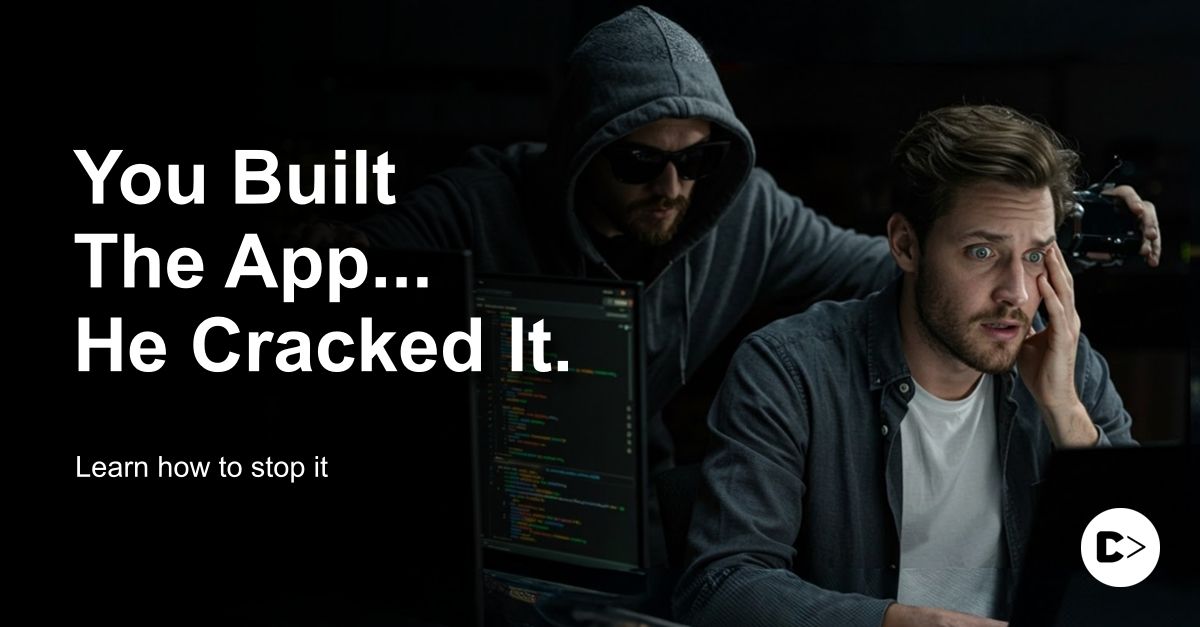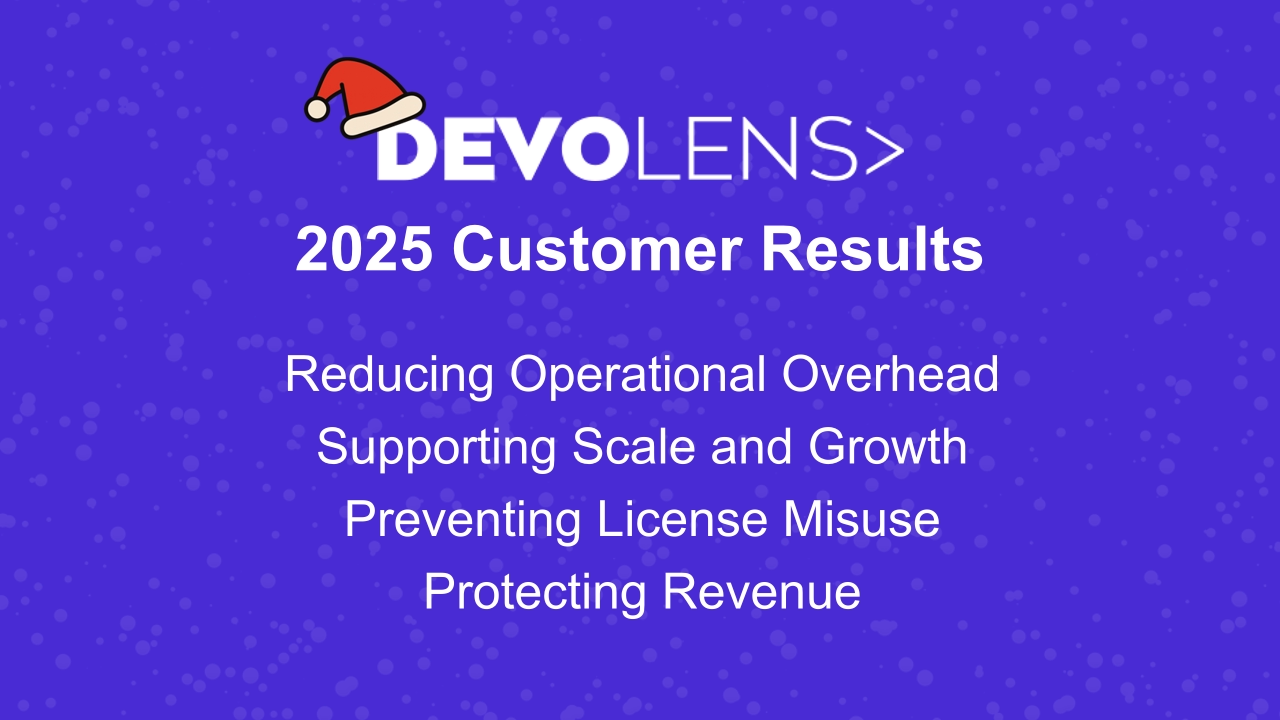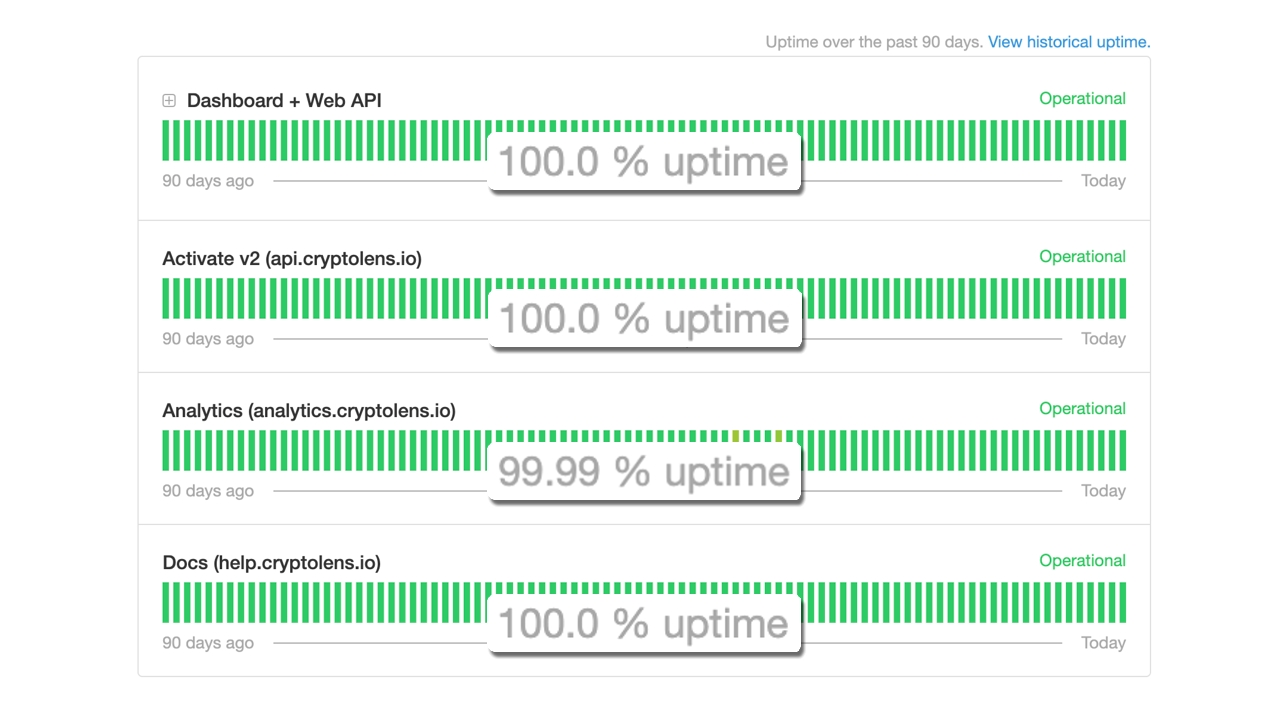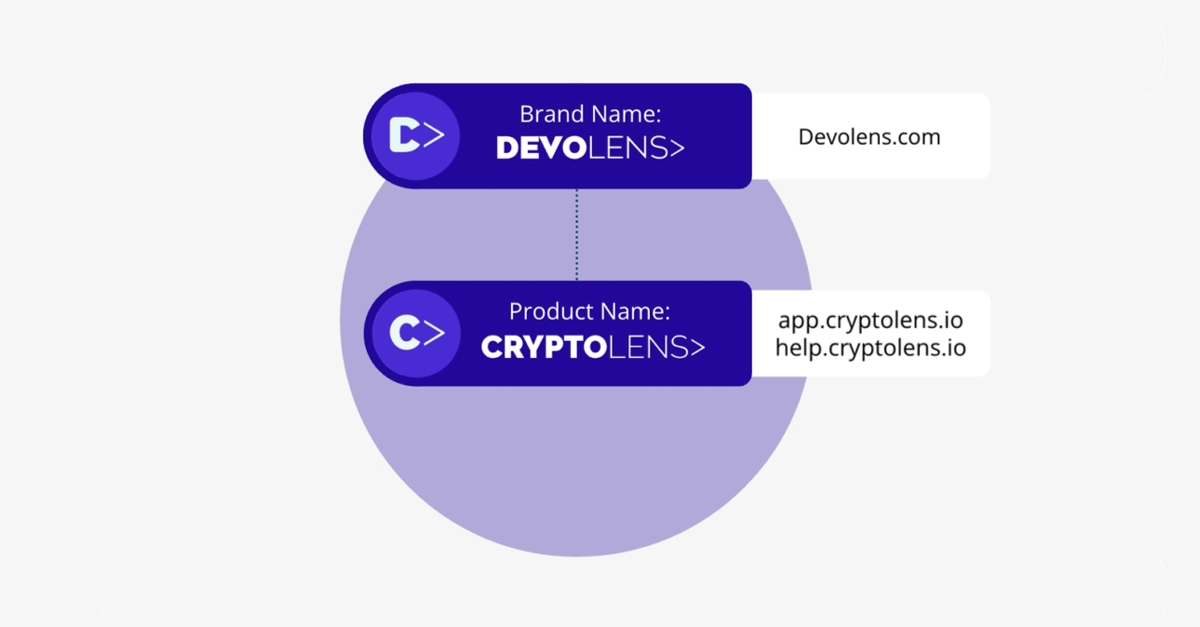You’ve Built Something Great - Don’t Let Pirates Steal It
There is little that compares to the feeling of finally delivering your finished application into the happy hands of customers. Sure, you may still have some updates, improvements, and fixes in store further down the line, but the accomplishment of finishing off that first step in the development and earning the well-deserved respect from your peers should be cherished.
However, much like the maiden voyage of a glorious trade ship, there is still one last hurdle to overcome, because great danger and despair always lurk close by in murky waters… Pirates.
Although the glory days of real, sea-going pirates are long gone, the age of software piracy is on the rise. Recent studies have found that 40% of SaaS companies lose up to 30% of their revenue to piracy, and a third of software teams now say piracy is as big a threat as customer churn.
As a result, research suggests that the unethical and illegal global software piracy trade now totals over $46 billion annually.
Picture yourself as you’re debugging the next release on a Tuesday morning, coffee in hand, while receiving a pat on the back from your colleagues for the great work you did on the initial release. Unknowingly to you, someone might already be using your app - without ever paying a dime for it.
But much like the real sea-going pirates, software pirates are not by any means unstoppable. Most of the time, they are a lot less dangerous than real pirates, and if you know how to protect your app from them, they won’t be harmful at all.
In this blog, we will cover the reasons why software pirates are a bigger threat than you think, why they are especially harmful to smaller companies, and what you can do to protect yourself from them and restore justice.

The Hidden Threat - Why Piracy Happens More Than You Think
First of all, what exactly is a modern-day software pirate? You might remember the early 2000s commercials with the famous quote “You wouldn’t seal a car”. Or perhaps, you were reminded by the memes. Either way, the video essentially tries to convey the connection between illegal copying of copyrighted material with stealing something more substantial, and while the times have since then moved on, this commercial is still quite relevant.
Today, someone who is using, copying, or distributing a software product unauthorized gets the displeasure of being called a software pirate. These illegal actions can result in fines, and sometimes even a prison sentence!
Here are a few examples of conduct that these criminals engage in behind the software vendor’s back:
- End-user piracy: When an unauthorized person copies a software program they have bought legitimately.
- Cracking: When a person gains illegal access to a protected software program without paying for it at all.
- Reproduce or Distribute: Regardless of how the pirate got hold of the software program, they are likely to reproduce or distribute it to friends or even sell it to others at a cheaper price than the software vendor. This is of course highly illegal and punishable, as stated above.
Sadly, there is real money to be made in this shady business. According to a study made by BSA, 37% of all software installed on PCs remains unlicensed, which totals up to a value of over $46 billion - every single year.
So who are the victims in these situations? Naturally, large software companies with many users would attract the attention of pirates, but these applications oftentimes have strong protection. These days, criminals also seem to target more humbly-sized software vendors as well:
“Although SMBs might be under the illusion they are not a target, they belong to a huge ecosystem of interconnected assets and cyber criminals will exploit any weakness”
Says cybersecurity expert Vasily Kolesnikov in an article by ItPro, in relation to cyber attacks and trojans.
Undoubtedly, the threat of software pirates is a real and ever-growing problem, both for large and small software vendors.
You have worked too hard to let pirates use your app for free, so let’s now cover how to protect your app from software pirates, restore justice, and overcome that final hurdle.
What You Can Do About It
The threat posed by software pirates can be a daunting hurdle for many software developers, and that only makes sense. We’re not pirate fighters, and how do you even protect yourself from them, anyway?
Well fortunately, modern tools help you protect your application from unauthorized users and pirates by making life impossible for them.
I have made a simple 3-step plan that you can use to protect your application from pirates further down this page, but before that, I want to briefly introduce some software licensing concepts so you can understand how it helps you and your business:
Software licensing relates to the protection of software programs through the introduction of a software licensing system. You can think of it as a lock to your application that only allows users to enter the program if they insert a valid license key string, or sometimes, a username and password.
The software vendor then hands out license keys to their customers, and through licensing models such as floating or node-locked licenses, the vendor can control how many users are allowed to activate that license to stop people from sharing keys or passwords.
However, this system is only as good as its own ability to remain up to date and fully secure. As a result of the high time and money cost associated with developing and maintaining such a licensing system in-house, many software companies have instead chosen to outsource licensing to a Licensing as a Service (LaaS) provider such as Devolens.
We at Devolens have helped hundreds of the world’s most innovative software companies protect their applications from software pirates for more than 10 years. Here’s the simple step-by-step plan you can use (and try for free) to protect your application and stop the pirates:
The 3-Step Plan To Stopping Pirates For Good
- Create a Free Devolens Account. Our SaaS-like dashboard allows you to create and manage the software licenses you hand out to customers, and Devolens is always free during the implementation phase, so you can get started at your own pace.
- Add Client API. We have open-source libraries in all major programming languages that you can add to your project for seamless interaction with our Web API. You can use this to fully automate the license key creation process and talk to our database.
- Add a Code Snippet. All you have to do in your own code is to paste a short code snippet for license creation and verification. We have comprehensive documentation guides and videos in all major programming languages, so you can set up software licensing within minutes!
Although the age of software piracy is on the rise, software licensing systems help you protect your application, put an end to software piracy once and for all, and restore justice.
Get Started with
Devolens Today
Join the +500 customers and industry-leading software companies who have already chosen us as their software licensing system.








